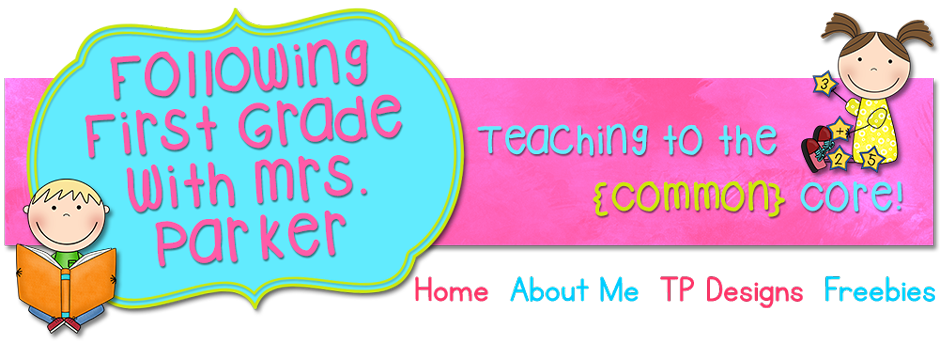This time of the school year involves using Math Talk to help students gain fluency with the desired methods.
*Now students may choose a method to solve each problems. We should see them choose more formal/efficient math methods.
*Fluency involves being able to explain (teach) their methods and also be able to question other's strategies for more clarity.
*The teacher can challenge student understanding by choosing more challenging problems. This will test true mathematical understanding by applying what they know about certain strategies (prior knowledge) and applying it to other areas. When I am focusing on double digit addition w/o regrouping then I will throw in a 3- digit addition w/o regrouping to see if they understand the strategies. Be sure to choose a problem that will allow them to do similar steps to solve the problem, but will need an extra step.
REVIEW:
Phase 1 of Math Talk- Explore growth and understanding of mathematical concepts and knowledge.
Phase 2 of Math Talk- Understanding of the mathematical concepts and growing fluency.
Phase 3 of Math Talk- Fluency (Reason, explain, and question).
Building a Math Talk Community
Frequent opportunities for students to explain their mathematical thinking is a must to make the Math Talk more successful and strengthen mathematical skills in the classroom. As students frequently question, listen, and practice expressing their strategies aloud, they increase their knowledge of mathematical concepts as well as take more responsibility for learning. Here are some questions you can use to build the Math Talk Community in your classroom:
Create Student Thinking:
- What is the problem about?
- Tell us what you see.
- Tell us your thinking.
- What did you think of first, next, then, finally...
Support Student Thinking:
- Can you tell us what you meant when you said _________?
- When you decided to do _____________, what were you thinking?
- Use your drawing to show us what you mean.
- Take your time......, we will wait......,
Extend Student Thinking:
- I hear you saying _________________. Is that correct?
- Now can you think of another way to solve this problem?
- How is your strategy similar to the way _________ solved his/her problem?
- How is your strategy different to the way _________ solved his/her problem?
Increase participation of other students in the conversations:
- Prompt students to participate further- Would someone like to add anything?
- Try to get students to restate the reasoning of others- Can you repeat what _______ said in your own words?
- Try to get students to apply their own reasoning to someone else's reasoning:
- Do you agree or disagree? Why or why not?
- Did anyone solve the problem in a different way? Did you get the same answer?
- Did anyone solve the problem and get a different answer? Please share your strategy with us.
Probe specific math topics:
- What would happen if ___________?
- How can we check to be sure our answer is correct?
- Is that always true?
- What patterns do you notice or see?
I taught the 2013 Common Core edition of Math Expressions last school year and have never been so impressed with the mathematical understanding my first graders would share with me all year. I have already created I Can statements for the Math Expressions first grade and am now finished with the second grade I Can statements. This second grade product should be posted on My teachers pay teachers store by Sept.7, 2014 Please understand that these statements are taken from each and every lesson of the 2013 Common Core edition and will be different if you are teaching from an earlier edition. I am also working on the kindergarten I Can statements and hope to have it out within the next month. Here are some slides from this product. Every slide includes vocabulary if used in the lesson and a visual example of the I Can statement that can be used as an intro to each lesson.







































